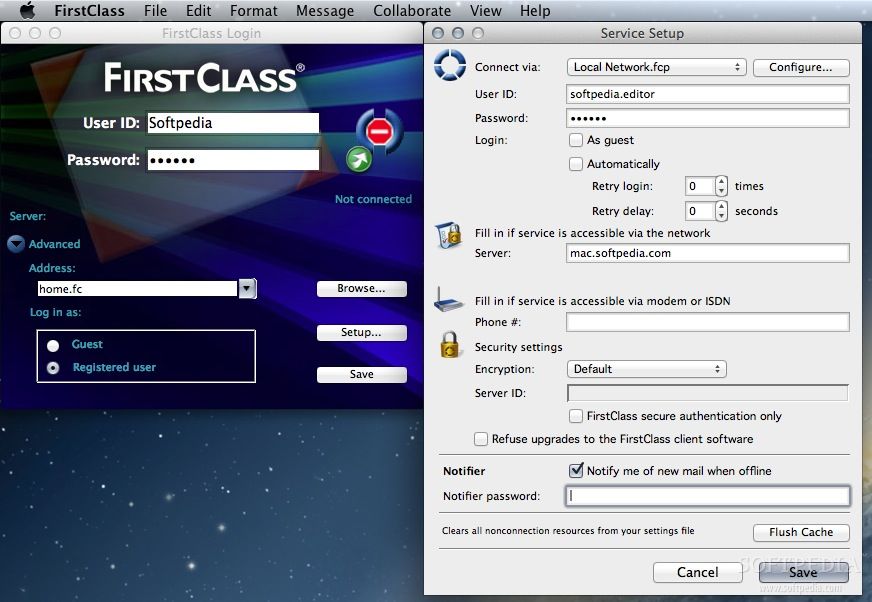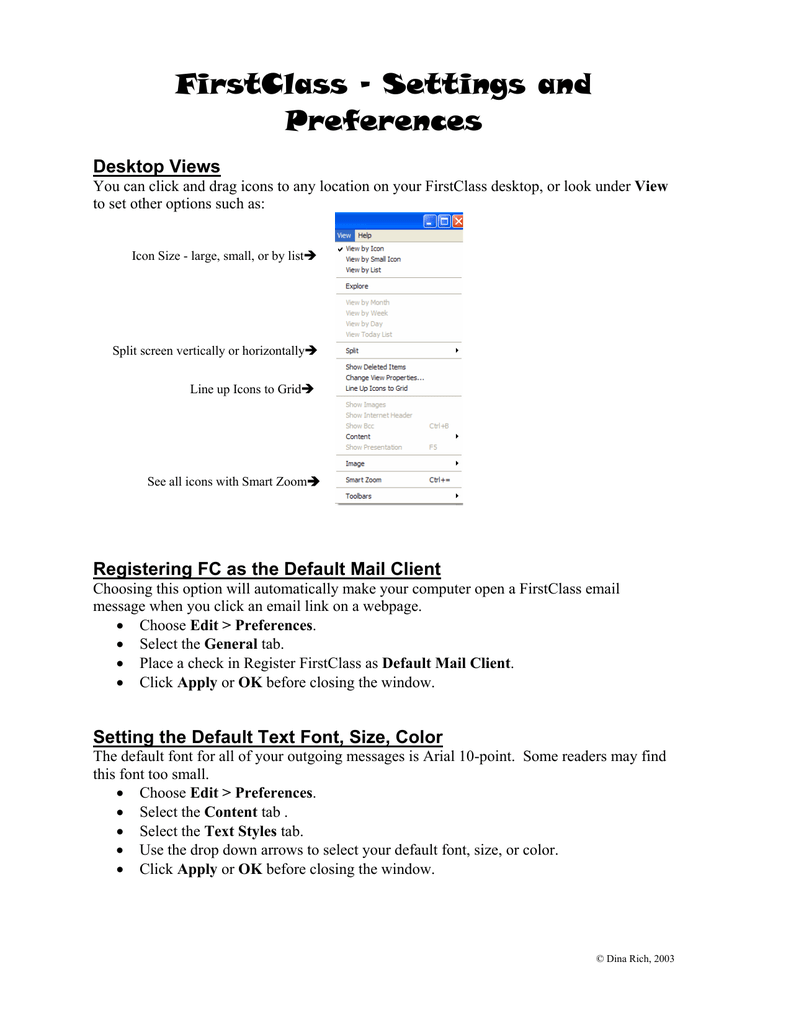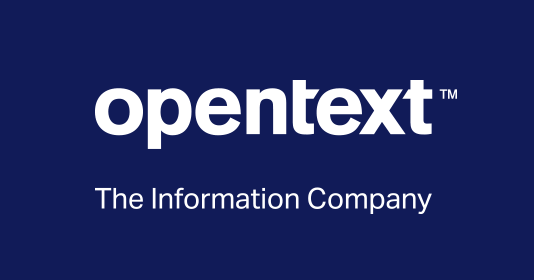

Users could therefore upload and download files at the same time, while simultaneously reading and writing mail.Īfter renaming the product to the more generic FirstClass, they started demonstrating early versions to Toronto-area Mac BBSes.Īn Apple Canada employee, Mark Windrim, set up a FirstClass BBS in Toronto called MAGIC (the Macintosh Awareness Group in Canada). The server implemented a multithreaded kernel and opened a new thread for every task requested by a client.

This allowed FCP to construct a number of "virtual links" between each client and server. With all of these features turned off, FCP still offered good performance even on the 2400 bit/s modems common in the era.Īdditionally, every FCP packet included a "task number" identifier, similar to the port identifier in TCP/IP.

FCP also implemented an optional encryption system based on the Blowfish cipher. Later versions of FCP could turn off their own error correction systems when running over error-free links like TCP/IP. Both the client and server could communicate over any of these links, allowing a user to move from office to home and have access to the same server.įCP was based on a sliding window protocol, using a wide variety of packet sizes tuned to different networking protocols. FCP could run on several different physical layers, starting with modems and AppleTalk, and later adding Novell's IPX and TCP/IP. The protocol guaranteed error-free communications for all activities, not just file transfers. FCP was a transport layer networking protocol that all FirstClass communications used. Key to FirstClass's operation was the underlying FCP (FirstClass Protocol). In the autumn of 1997, ScriBE was connected successfully to the internet. It offered access to teachers, students, and parents. The first implemented FirstClass system, operated by the Scarborough Board of Education and named "ScriBE", was administered by the Computers in Education department. The proposal was accepted, and work on EduNet started sometime in 1989, debuting in 1990 at the ECOO conference.

Scarborough Board really liked the Hypercard prototype, but couldn't afford the price, so they offered to buy a system for $9,000 and then help sell it to other boards. However, it was run on a mainframe for Apple Computer and couldn't be purchased, so the team offered to build a system under contract for $85,000. The team found only one product, AppleLink, which came close to filling the requirements. Various LAN e-mail systems existed those on the Mac had reasonable GUIs, but they tended to have poor modem support and few offered forums. BBSes offered modem support and public forums, but typically had no LAN support and were character-based. He wanted a system that "even teachers could use". He asked them to find a reasonable Macintosh-based e-mail system that offered both LAN and modem support, a real GUI, and supported both private e-mail as well as public discussion areas (forums). After a run-in with management, the three left and formed SoftArc as a consulting firm.įirstClass was created in response to a request by a family friend who worked at the Scarborough Board of Education (now part of the Toronto District School Board). The team, consisting of two brothers and a friend, Steve Asbury, Jon Asbury and Scott Welch had been the primary developers of the successful Meridian Mail system, and styled themselves as the Toronto Ideas Group. FirstClass was originally a product of SoftArc, formed by three former members of Bell Northern Research, Nortel's research arm located in downtown Toronto.


 0 kommentar(er)
0 kommentar(er)
